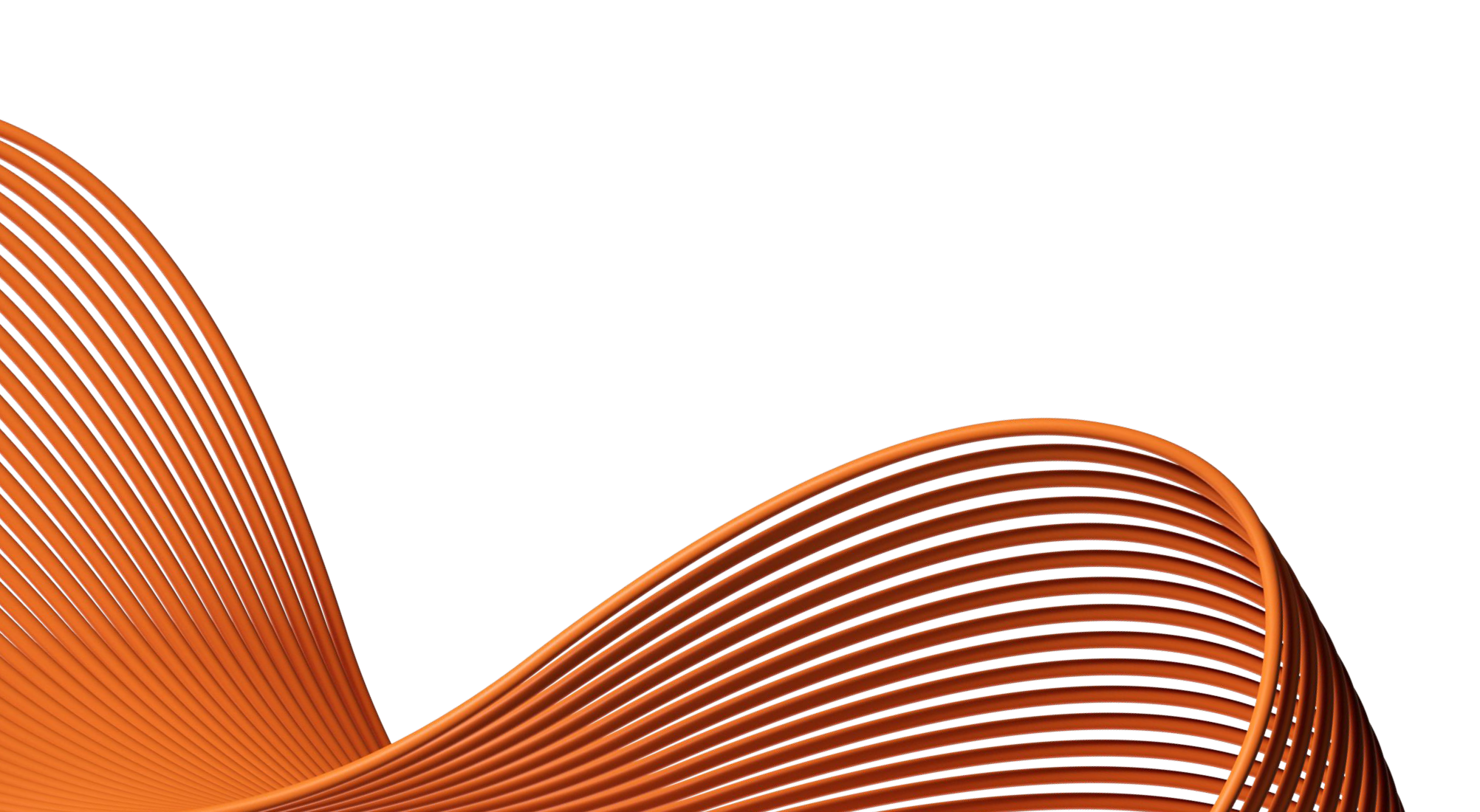- Our Products
- Upper Extremity
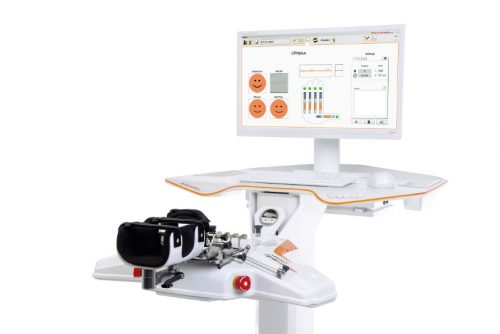 Amadeo Finger-Hand-Rehabilitation
Amadeo Finger-Hand-Rehabilitation
Amadeo is giving hands back their grip and fingers their finesse. Patients who are barely able or unable to grasp can perform hundreds of robot-assisted grasping movements. It won’t train a new Mozart. But it will help patients return to the piano, handwriting Christmas cards, and grabbing life firmly by the horns.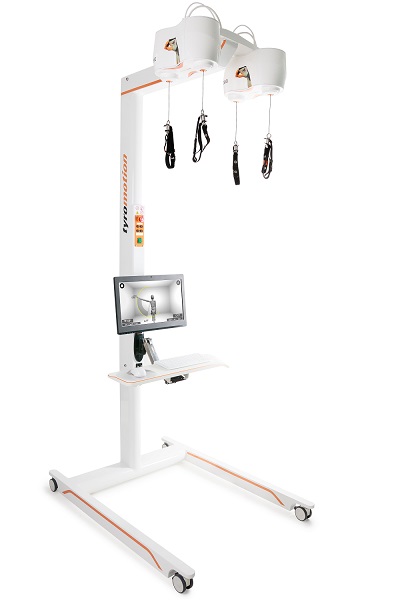 DiegoShoulder-Arm-Rehabiliation
DiegoShoulder-Arm-Rehabiliation
Diego is designed to strengthen what’s important. Whether proximal or distal training, Diego purposefully supports the rehabilitation of natural motion, allows the handling of everyday objects to be relearned, and is usable by adults and children alike.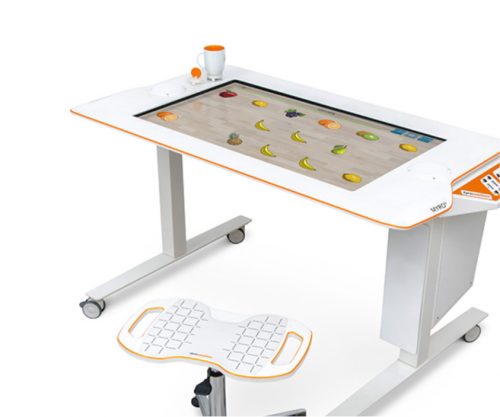 Myro Interactive and task-specific therapy
Myro Interactive and task-specific therapy
Myro is made for making humans get better! The sensor-based surface enables task-oriented rehabilitation with real objects, trains the patient’s cognitive abilities, and improves motor abilities of the upper extremity.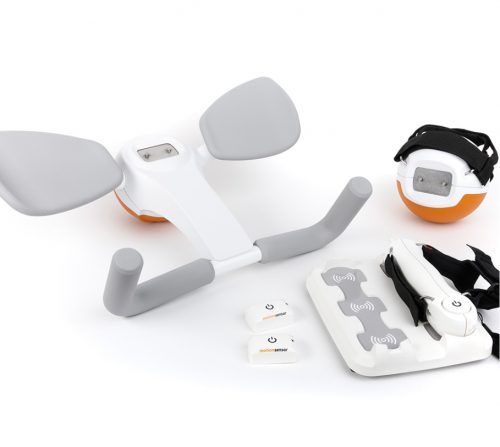 Pablo Upper Extremity Rehabilitation
Pablo Upper Extremity Rehabilitation
As a multifunctional rehabilitation device with comprehensive accessories, Pablo enhances classical therapy exercises with biofeedback, objective assessments, and gamification. It won´t train the next Picasso. But it will help patients to take back control of their lives.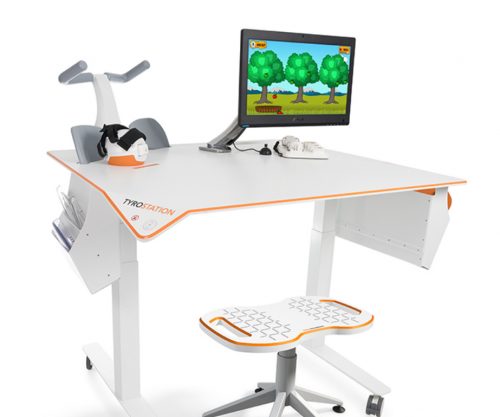 Tyrostation The perfect therapy setting
Tyrostation The perfect therapy setting
The Tyrostation is home to all components of Pablo and Tymo and provides ergonomic adaptability for patients. Sometimes, it´s about the little things in life – or therapy.
- Lower Extremity
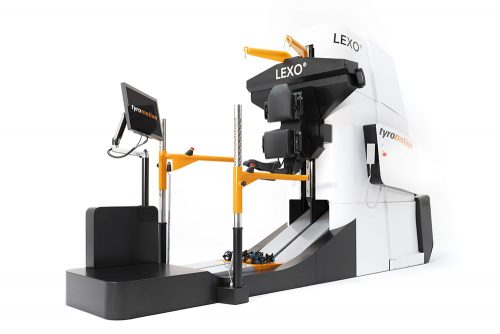 LexoGait and Locomotion
LexoGait and Locomotion
Lexo is a revolutionary gait trainer and impresses with fast setup, high patient activity and optimal trunk support. It encourages active participation and enables therapists to focus fully on their patients.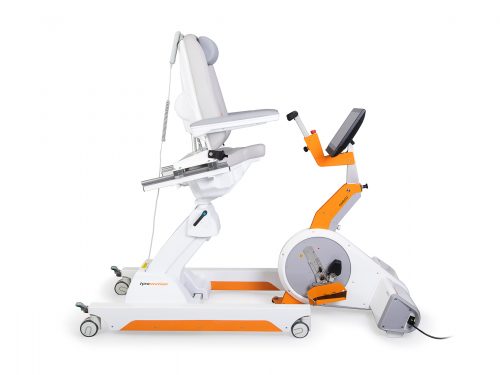 Omego Plus Gait training for the goals across all phases
Omego Plus Gait training for the goals across all phases
More than just a therapy bike! Omego Plus combines uni- and bilateral leg training, leg press, stepper, cycling & foot lift training in one device. Stride stronger with Omego Plus!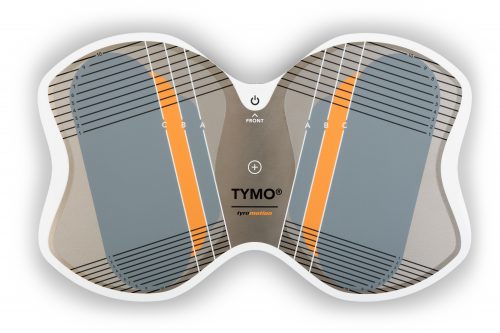 Tymo Balance training and postural control
Tymo Balance training and postural control
Small but powerful! Tymo is a versatile measurement and therapy system for the whole body. In addition to the standing position, Tymo offers a wide range of options for maximum variety during therapy.
- MTT-Line
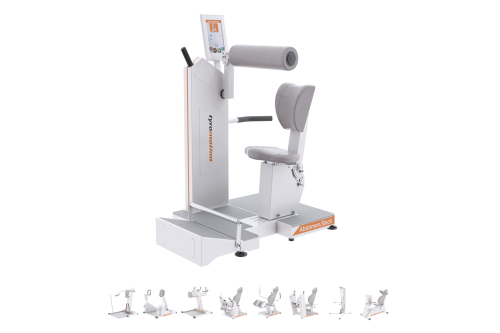 MTT-LineMedical training therapy
MTT-LineMedical training therapy
Get back in the game with the MTT-Line! The Medical Training Therapy devices are specifically designed to strengthen the six major muscle groups of the human body. Barrier free and maximum adjustability make the devices accessible for all types of patients.
- Software
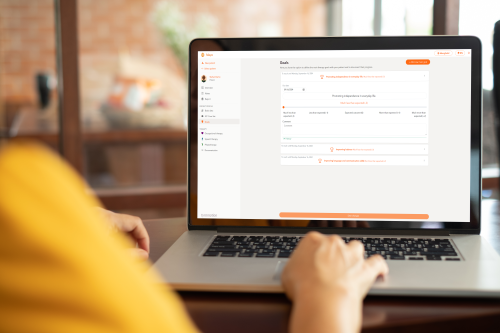 Maya Therapy Platform
Maya Therapy Platform
Maya reduces paperwork, standardizes documentation, and automates reporting, making administration effortless and efficient. Designed for therapists to work wonders!
- Upper Extremity
Rehabilitation
Patient Motivation: The role of health data in physical and occupational therapy
14. March 2022 ● 2 min. Reading time
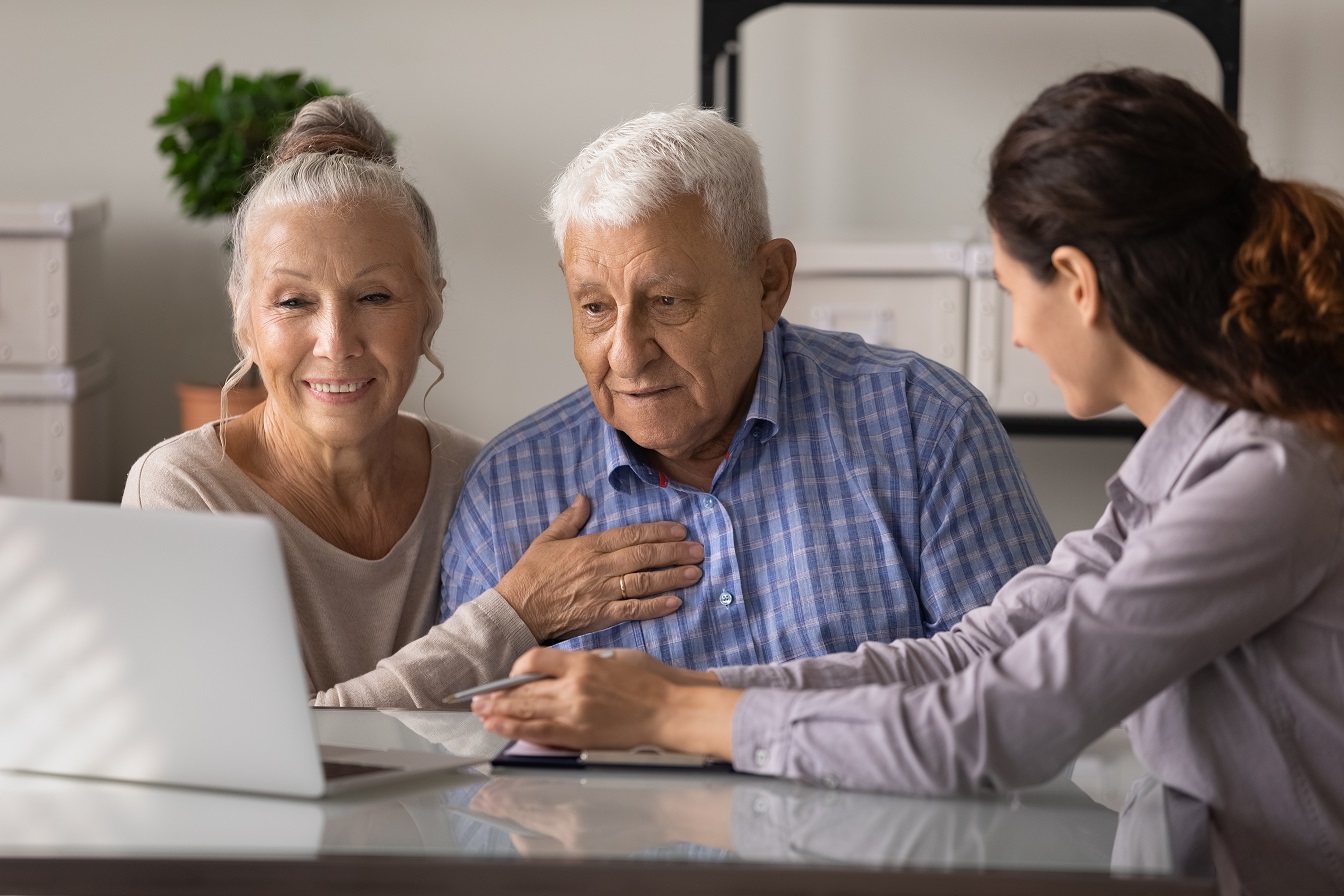
Health Data is the answer
Data is increasingly becoming the heart of everything we do — and healthcare is no different. Objective data from rehabilitation technology can help doctors and therapists to adapt the therapies according to the patients progress.
Numbers foster motivation and can generate hope in patients. By seeing daily or weekly improvements, patients tend to perform more exercise repetitions and exert more effort.
All Tyromotion devices include TyroS, a sophisticated therapeutic software developed by and together with therapists. TyroS uses gamification and data to help patients in the following ways:
1. Make Therapy Fun and Engaging
Games like Pac-Man and Asteroids have remained popular for a reason. Gaming harnesses our intrinsic desire to perform and reach higher goals. Competition, even with oneself, can be a critical motivator, and it fits perfectly into the rehabilitation environment.
Gamification of therapy takes otherwise dull and mundane tasks and makes them fun and engaging. For instance, patients are encouraged when they receive positive feedback or when they beat their own high score.
In addition to the instant feedback of gaming, therapists can share a more global picture of progress. Daily, weekly or monthly analytic reports help patients further visualize their achievements.
Since advanced rehabilitation technology is software-based, grading treatment plans is simple. Therapists can start with easier exercises and develop personalized programs based on patient ability and progress.
These devices also allow patients to move through therapy at their own speed. When a patient is ready, the therapist can increase the difficulty of each task to fit the client’s individual needs. Grading can also help the therapists to ‘push’ patients on by increasing the difficulty.
2. Visualize Progress
Re-learning to walk or performing certain daily tasks is often a slow and frustrating process. That’s why physical and occupational therapists need every tool possible to keep patients engaged. In addition to the gamification of therapy, sensor-based devices can provide helpful feedback that can inspire patients.
Sensor technology acquires patient information that is not necessarily visible to the naked eye. Therapists can draw from this data to plan and evaluate the therapy process.
By sharing numbers and infographics, practitioners can better communicate with patients. These snapshots of incremental progress help patients recognize what they can’t see in real-time. This can give hope when hope feels lost and inspires patients to persevere.
Whether through a graph, a bar chart or numbers alone, helping people visualize their progress can be a powerful motivator. According to a study, “a patient’s perception of therapy, in terms of its relevance to daily needs, the perceived potential to reduce disability and improve quality of life play a role in motivation.”
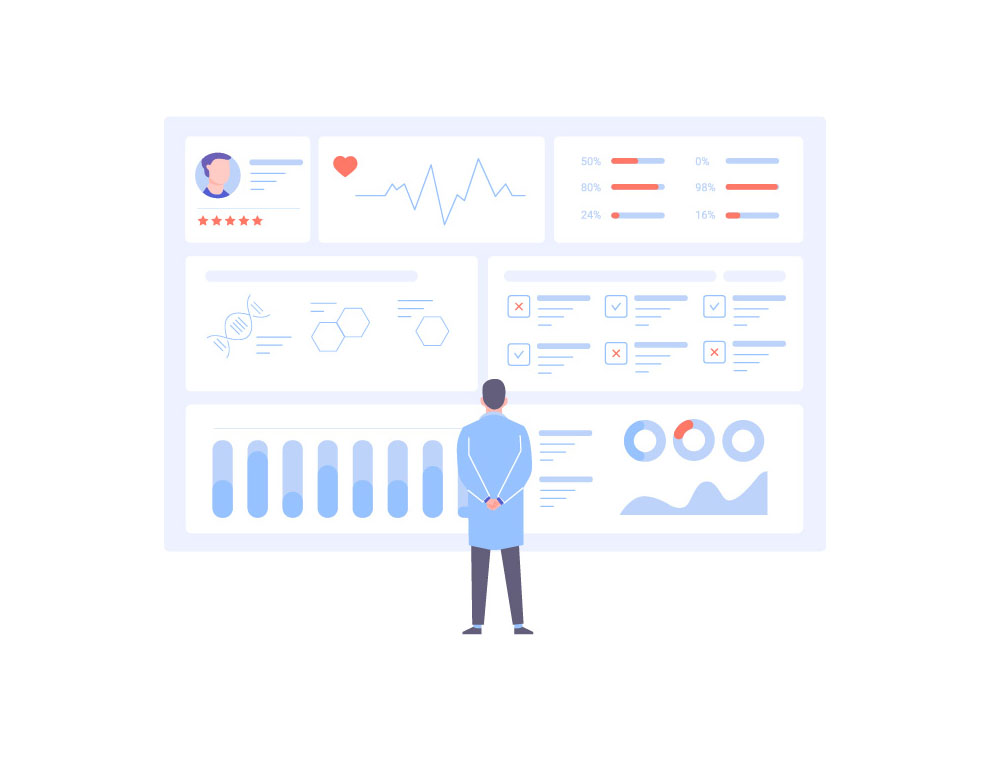
3. Relearn Activities of Daily Live (ADLs)
Sensor-based technology is helping patients of varying impairments relearn the so-called activities of daily living like dressing or feeding. Tyromotion’s sensor-enabled devices, including Pablo , Pablo Lower Extremity and Tymo, provide meaningful data that measures:
- Overall movement
- Limb flexion and extension
- Exerted force
- Gait parameters
- Asymmetries in gait patterns
- Stability and coordination
Neurological events such as stroke or traumatic brain injury can take away a great deal from the affected person. Data and gamification can help to increase motivation and redirect focus in a positive way.
Progress, whether slow and steady or rapid, is a step forward in recovery. Data offers objective markers that can provide hope and inspiration to patients as well as ultimately lead to better outcomes.
You might also be interested in
4. April 2023
Health
Rehabilitation
Stroke nutrition guidelines for optimal health
Nutrition as the key part in health and well-being of stroke survivors A healthy, balanced …
21. March 2023
Rehabilitation
Kinesio taping in neurology as a useful therapy supplement
The Kinesio tape and its usefulness in neurological therapy What was originally known only from …
7. March 2023
Rehabilitation
Exercises against freezing of gait in Parkinson’s disease
When the legs freeze – how does the symptom “Freezing of Gait” manifest itself? Parkinson’s …



 Contact
Contact 

 Contact
Contact 